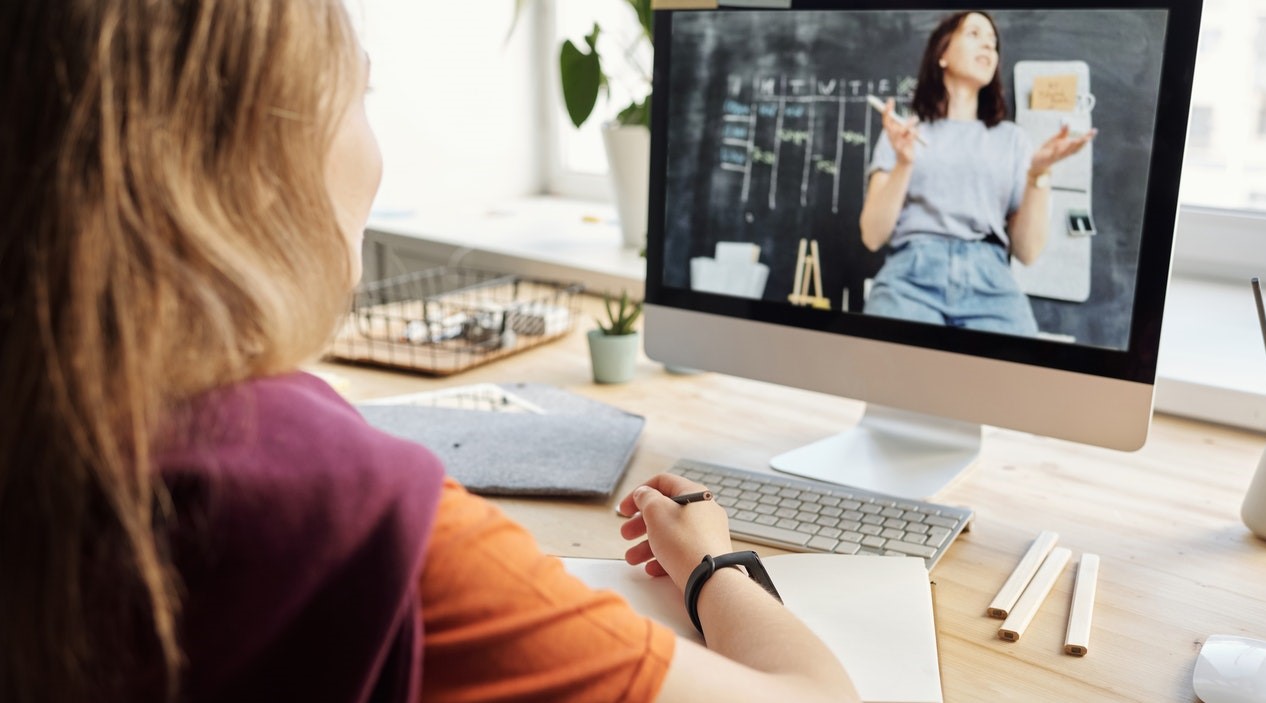Proper schooling for children around the globe has been a topic of discussion since the onset of COVID-19. As schools turn to virtual learning (utilizing computers and/or the internet to facilitate an educational experience) to close out the 2019-2020 school year, academic boards continue to discuss what the 2020-2021 school year will look like – virtual learning, fewer students in classrooms, or a hybrid of the two. As this pandemic continues to hinder schools from hosting students in their classrooms, I wanted to take a look at the patents that make virtual learning in the time of COVID-19 possible.
Virtual Learning
As you can see from the ktMINE chart below, “virtual learning” patent applications and grants have been on the rise well before COVID-19. Because of this, teachers, staff, and students have been able to leverage some of the following innovative technologies to keep business as “usual.”
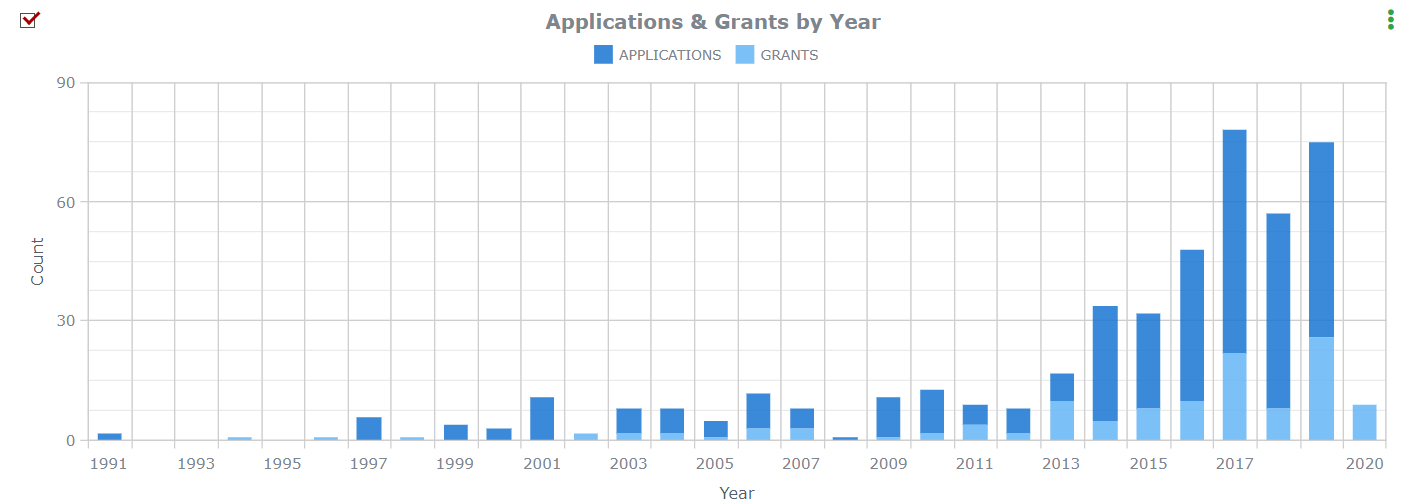
Source: A ktMINE Chart
Virtual Classrooms
In the United States, virtual learning for some started as early as March in order to protect their students and staff from the spread of COVID-19. With this sudden change to the normal routine, many teachers turned to Zoom Communications, a video conferencing platform, to conduct their lessons. To make the transition as swift as possible, Zoom offered teachers, kindergarten through 12th-grade, free access as well as released a comprehensive guide to teaching on their platform.
Zoom Communications currently holds a small number of patents. However, these few patents directly power the ability to learn virtually. The two primary patent classifications are H04N which is for pictorial communications and H04L, the transmission of digital information.
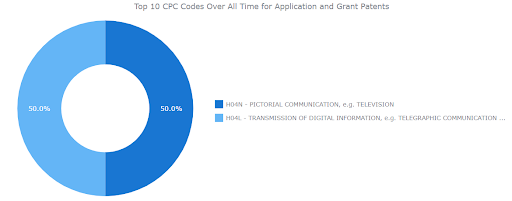
Source: ktMINE IP Platform
Online Education
With children at home, the regular 9 am to 5 pm or 8 am to 3 pm schedule for schools is a lot more difficult to manage. The following patent, “Online education system and method” allows teachers to record an interactive lesson and post it for students to watch at their convenience. Once the student completes the lesson, they will receive a certificate of completion. This patent allows for flexibility both for the teacher and the student.
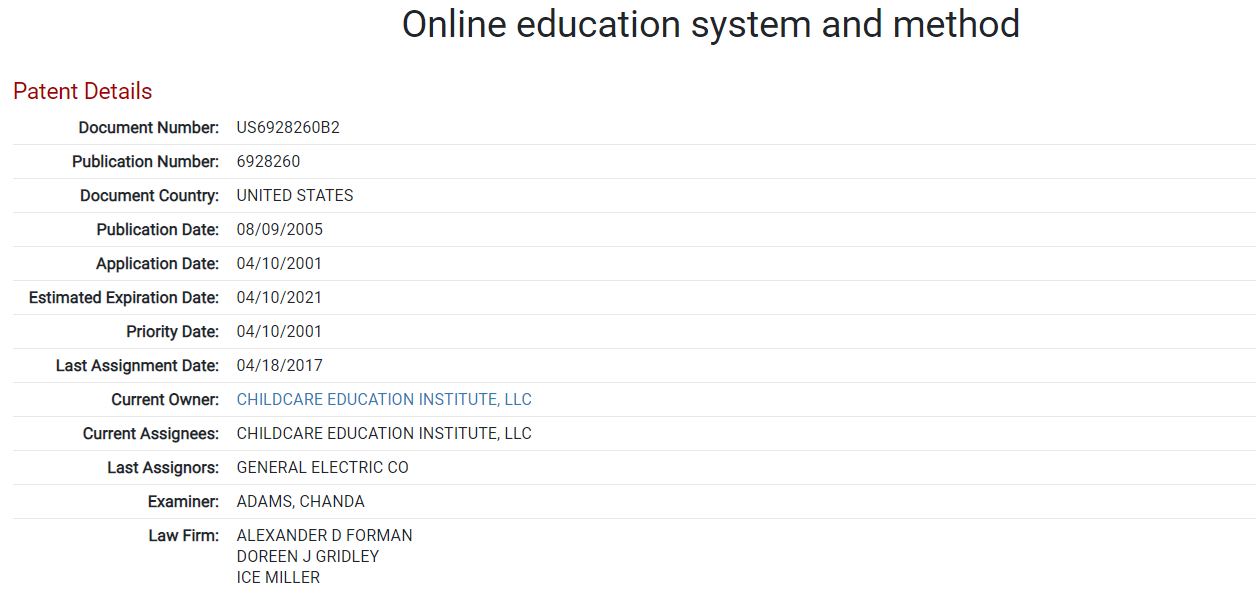
Source: ktMINE IP Platform
No Wondering Eyes
There are a number of challenges to consider when students are learning outside of the classroom – one being cheating. Without physically being in a classroom under the watchful eye of a teacher, students have a greater chance of succumbing to the temptations of cheating.
The following patent (US9812027B2) is for an anti-cheating device for online examinations. The system includes a personalized eye recognition device comprising of a monitor and an eye recognition technology connected to a computer that a student may use to take a test.
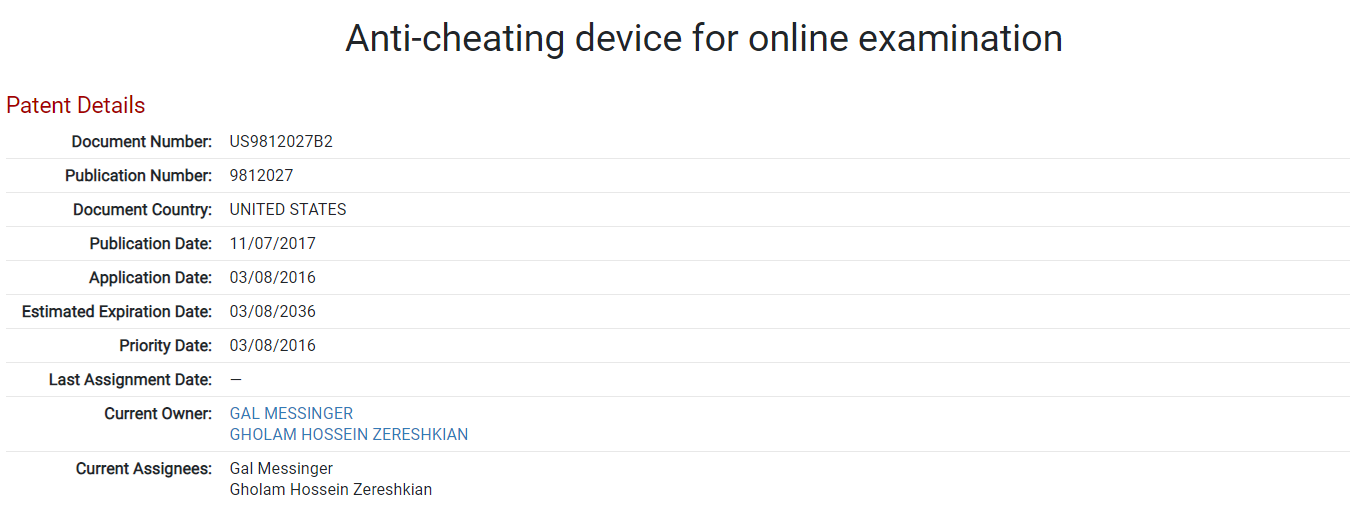
Source: ktMINE IP Platform
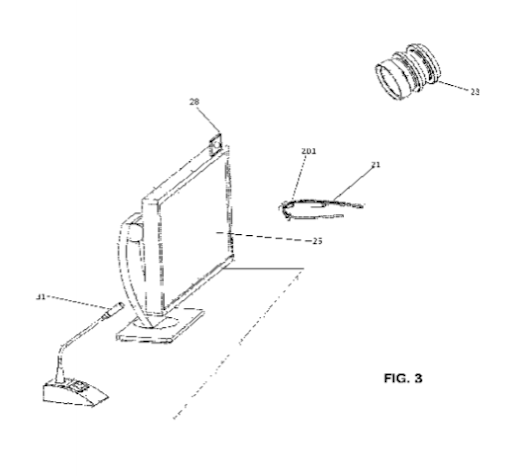
Source: ktMINE IP Platform
Another anti-cheating patent is a secure testing device (US10410535B2). This system relies on artificial intelligence and a webcam to monitor students while they work. Proctorio, a comprehensive learning integrity platform, is a tangible example of a company that embodies this innovation to help provide teachers a way to keep a watchful eye on their students.
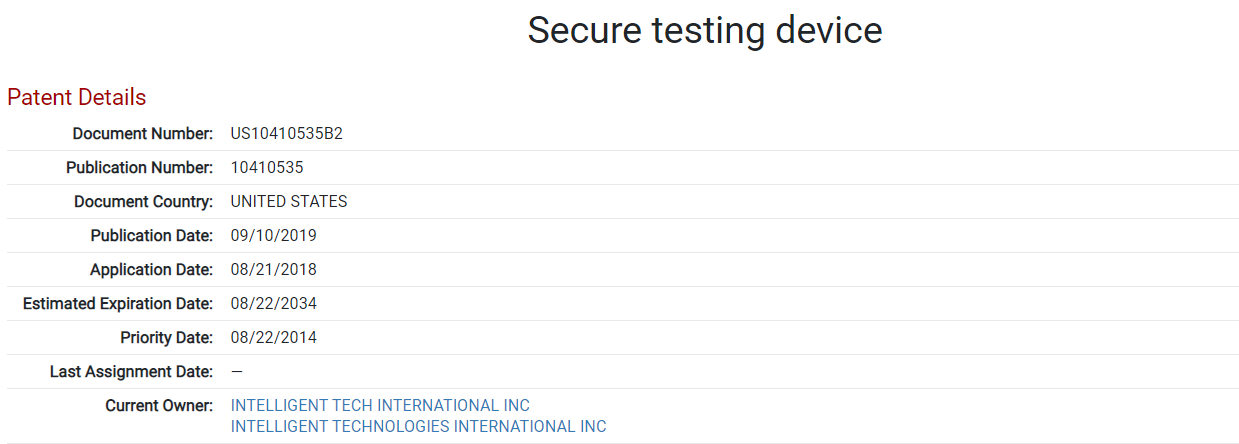
Source: ktMINE IP Platform
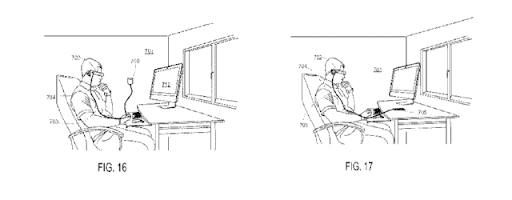
Source: ktMINE IP Platform
While the future of learning within school walls is unclear, companies, as well as inventors, are working hard on innovative technologies to help teachers and students during the unknown time of COVID-19.
